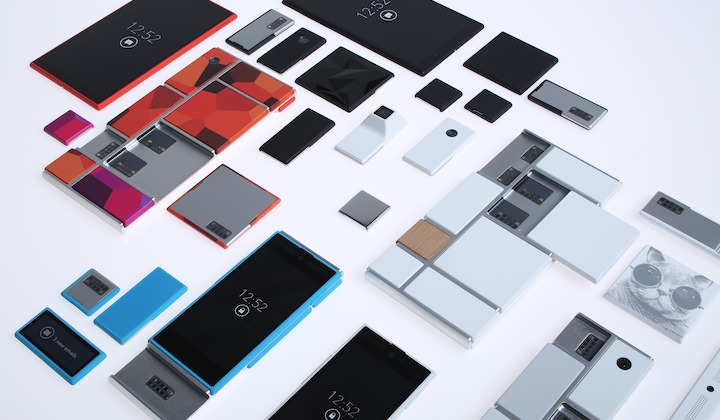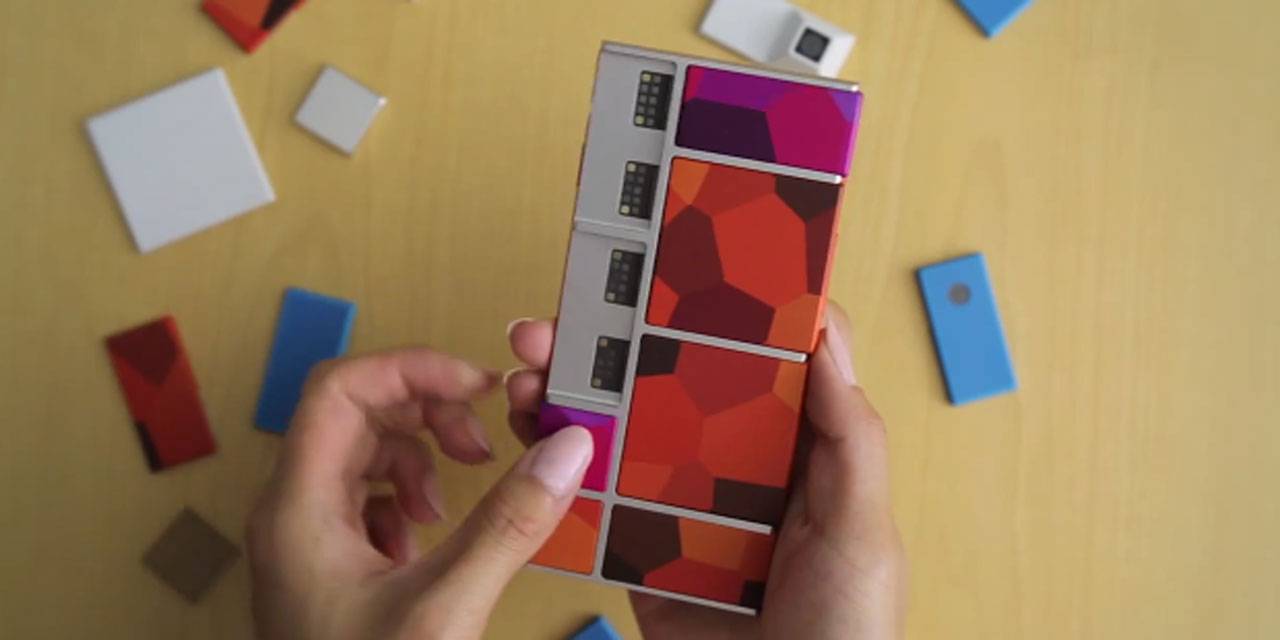
Given the recent developer conference announcement, we realized Google is quite intent on turning Project Ara into an actual product for sale. What we didn’t know was how close it actually is to doing that. Now the Project Ara lead, Paul Eremenko, has revealed that a functional prototype will be ready within weeks and that a finished commercial product could be out in the market by the first quarter next year.
It seems that Google has really thought of everything in making a retail product. It all starts with an endoskeleton or endo, the only part of the modular smartphone that will bear Google’s name. This is an aluminum frame that, as the name suggests, holds everything in place. Front modules, like LCDs, speakers, and buttons, are held down by latches. The ones on the back will stick to the endo using electropermanent magnets. Modules communicate via networking circuitry on the endo. With each module measuring only 4 mm thick, the whole thing ends up at around 9-10 mm. Not the perfect smartphone, admittedly, but things it could have been worse.
Google has even thought of the marketing. It envisions that majority will be sold as “greyphones”, bare-bones versions sold in convenience stores for $50 a pop. This very basic smartphone will include an app that will suggest more modules to owners. Modular phones can also be sold in kiosks, through a selection process that grows from Google’s experience with the Moto Maker. And like in Moto Maker, buyers will have options to design their own enclosures or covers, going as far as having them made using 3D printers.

This all sounds like a dream, and in fact that is what many naysayers have called Project Ara. The modular smartphone doesn’t just turn your concept of a smartphone inside out, it also turns the whole mobile business upside down. If the idea catches on, manufacturers will no longer just be vying for pricey contracts to provide components for smartphone makers. They will be selling components themselves as modules. The competition will definitely get tougher as well.
Eremenko, however, believes that all doubts will be dispelled the moment they get a fully functioning product out. But though they seem to be near that goal post, there are still a few bumps they have to smooth out. Currently, production costs are still far away from the $50 price that Google is reaching for. But there is another factor going against Project Ara’s favor. Traditionally, Advanced Technologies and Projects (ATAP), which grew out from the US Department of Defense’ DARPA, gives teams only two years to work on a project. Considering the Project Ara team has already been working on this long before Phonebloks made its Internet pitch, they are running out of time before they hand over Project Ara to Google to nurture into a real business, and something with a hopefully better product name.
SOURCE: TIME









